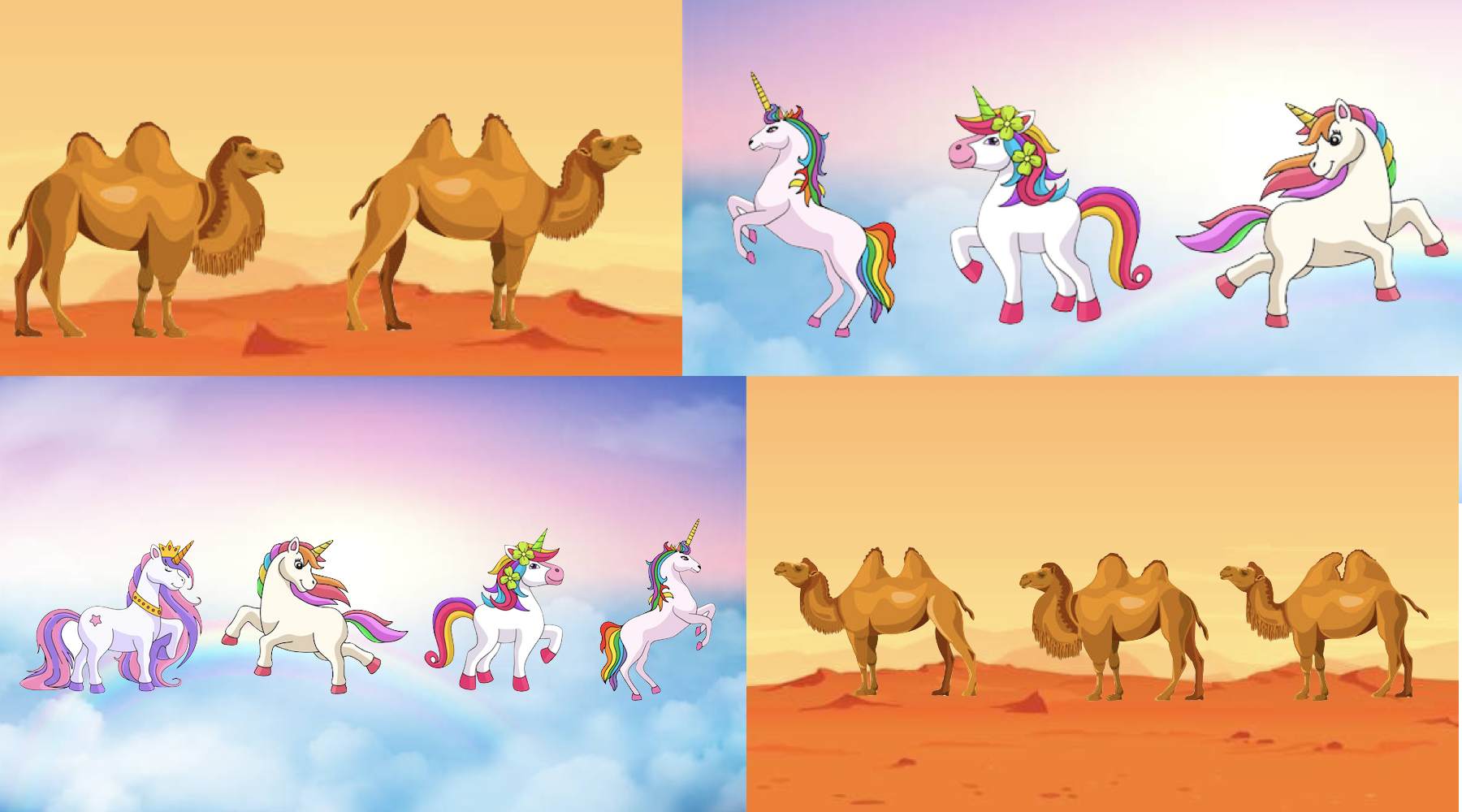When the going gets tough, Camels outlast Unicorns
The Bactrian Camel isn't pretty to the conventional eye. With two oddly large


The Bactrian Camel isn't pretty to the conventional eye. With two oddly large humps, heavy shaggy fur, an industrious gait, and an assiduous expression, you are likely to walk right past this beast at your local zoo.
Found in the Eurasian Gobi Desert in southwest Mongolia in an environment that presents extreme impediments to life, the Bactrian Camel has acclimatized in ways that one finds incredible for a mammal as large as this camel. They survive on hardy shrubs, grass, and thorny plants. Wild Bactrian camels have developed the ability to drink salt water with a higher sodium content than seawater and excrete the excess salt.
The Eurasian steppe is renowned for its unforgiving climate, brutally cold in the winter and mercilessly hot in the summer. The Bactrian Camel or “Camelus Ferus” grows an intense woolly winter coat that sheds in the summer months. In extreme heat, the camel activates the hypothalamic-neurohypophyseal system to provoke water conservation. This allows the camel to adapt and withstand extreme temperatures ranging from -20°F to +120°F.
Unicorns in contrast to the hardy and humble camel are gorgeous creatures with magical horns, jeweled crowns, and rainbow coats. In business, a unicorn is a privately held startup company valued at over US$1 Billion. Though a mythical creature from fables past, the unicorn was brought to life by Silicon Valley in the year 2013 when venture capitalist Aileen Lee, chose the mythical animal to represent the statistical rarity of startups reaching the $1 Billion mark.
Propped by seemingly unlimited funding or pure oxygen from top-tier venture firms, these ethereal creatures are known to take flight and accelerate their revenues much faster than pedestrian bootstrapped startups. Their hiring splurge, lavish lifestyle, and the resulting expenses or cash burn tend to be just as high.
Less than 10% of unicorns achieve profitability. Most unicorns hope for an early spectacular exit through a buyout by a much larger enterprise company or through a well-orchestrated initial public offering earning their investors and employees a splendid payout. It should not come as a surprise that unicorns are known to nurture pride and prejudice.
However, when the economy crashes, the party pauses, the funding dries up and the VCs run for the hills leaving behind their Unicorns to fend for themselves. The rainbows evaporate to reveal an arid desert. Food is scarce, and water is even scarcer. Temperatures soar. The unicorns stumble and struggle and gasp for oxygen. They hastily vacate their ornate mansions and expeditiously shed their glitzy jewels. Alas, such corrections prove to be too little too late because the core culture is too deeply ingrained in luxurious excesses. Employees accustomed to lavish largesse are unable to make the adjustment to austere circumstances.
The tech industry has been through a few years of hardship. While we all hope and pray for the best, there is every chance the economy actually might get worse before it gets better. Interest rates are high. Layoffs are at an all-time high.
To survive and thrive in the harsh conditions that we find ourselves in, startups must be more like the Bactrian Camel. We must journey through the desert to reach the land of rainbows. We must act like the camel so we can get our chance to transform into a unicorn. But when we do get there, we must remember the lessons learned along the way: